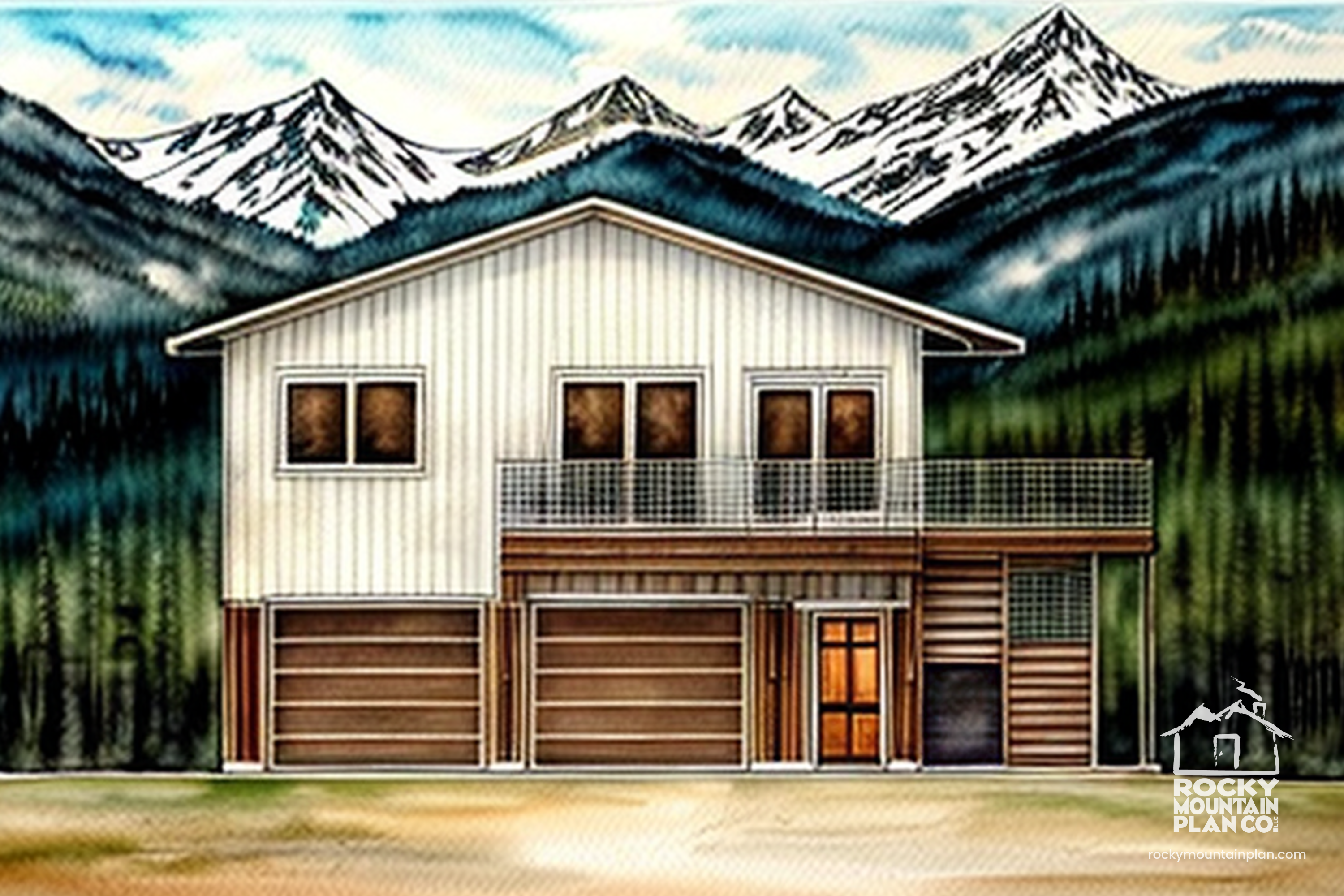The right plan format for you depends on your situation and how much versatility you may need.
Digital PDFs are suitable for many uses if you don’t have major site or plan changes. These files are not directly editable, meaning that changes may be more difficult to make, though some minor adjustments may be made via redline by your local professionals.
When you add the CAD (Computer-Aided Design) files option to your plan purchase, you’ll receive the Digital PDF Plan Set plus the CAD files of each plan sheet (.dwg format) that allow for further customization and options.
CAD files are digital files that contain detailed and accurate technical drawings and specifications of a design. CAD files are commonly used by building and design professionals to create and modify house plans, and this allows you much more flexibility in making sure your home design meets your needs and works best for your site.
For a more detailed comparison of the two digital options, check out: About Our House Plans.















